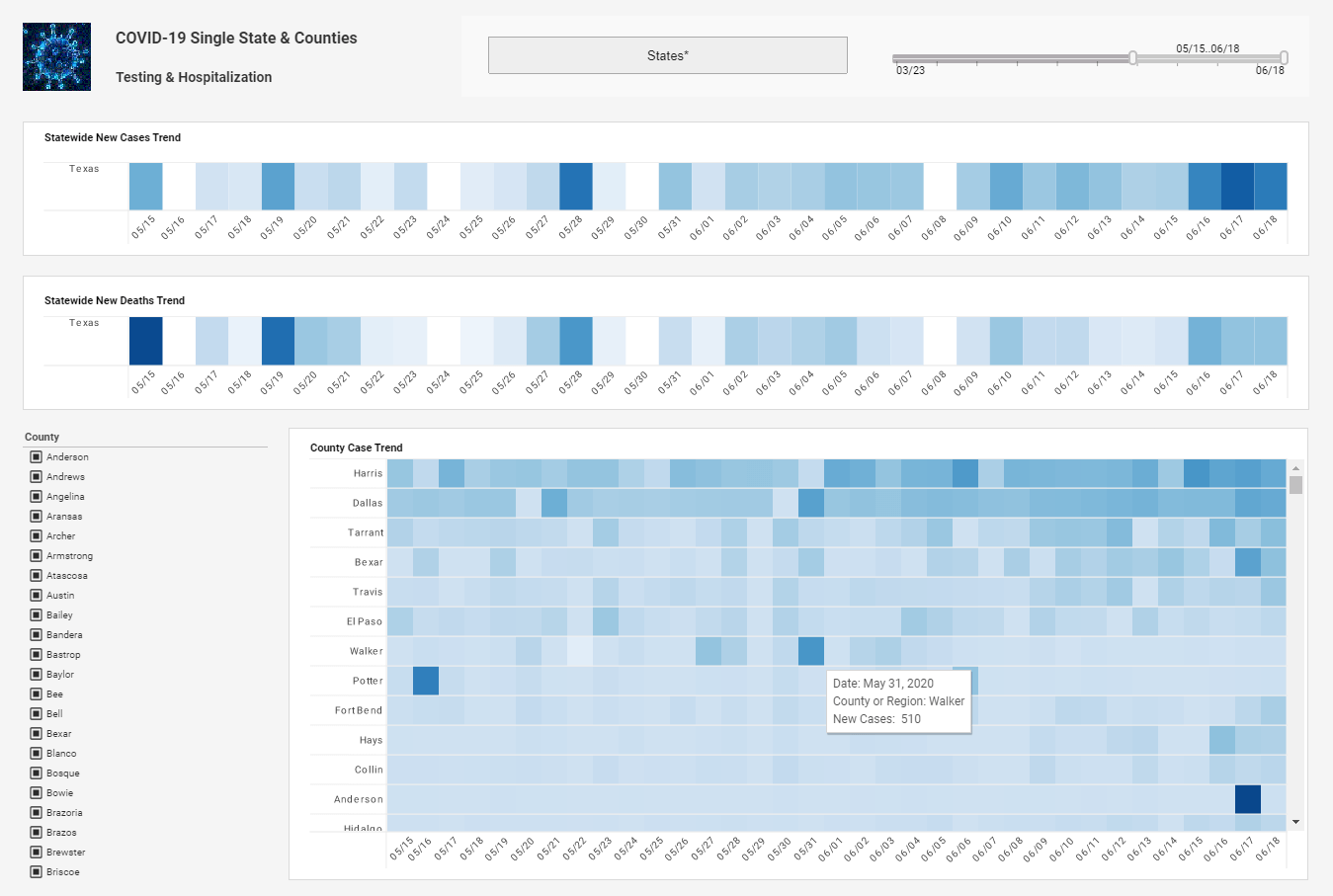Enterprises Are Moving to Self-service BI
Below is the continuation of the transcript of a Webinar hosted by InetSoft on the topic of Business Intelligence Trends and InetSoft Innovations. The presenter is Mark Flaherty, CMO at InetSoft.
Are you finding that enterprises are moving to self-service business intelligence applications, and if so, can you tell us what some of the reasons are for this?
Mark Flaherty (MF): Absolutely, we are seeing that. And there are many reasons for that, and we will definitely come back to all of them, but I think the main one is that even though we have been talking about the business and IT alignment in most of these application segments, business intelligence specifically has been the most challenging.
And I think this slide that you see in front of you probably shows that very well because if we think about the different objectives, different priorities, different goals from businesspeople and their IT counterparts, as you can see, they don’t really always align very easily.
They actually pull us in completely different directions. So if we think about something like an ability to react to ever-changing business requirements, obviously the world doesn’t stand still, and every day you have a new competitive threat, or you have new merger-and-acquisition activity. So businesses need to react on a dime to be able to address all of these changing conditions and be able to analyze them.
But on the other hand, IT is tasked with controlling the application and managing risk. So, obviously, agility and flexibility doesn't really align very well with risk management. It’s almost kind of one or the other. Or if you talk to any businessperson, obviously on the top of their minds and the top of their agenda is really being able to fulfill their business requirements for analytics or decisions.
When you talk to an IT person, yeah, they also point out that they are entrusted with keeping a set of standards, so that they can avoid all sorts of redundancies and duplications of efforts. Once again, these two needs are pulling us in different directions.
We can keep talking about this and we have got plenty of examples, such as, as I said, business need to react to something that happened today, they need to make a new set of decisions. But IT is all about planning because obviously, if you react to every situation, well again, as I said, you are going to have tons of efforts that are going to be redundant and overlapping.
Example of How an Internet Service Provider Needs to Be Agile
Internet Service Providers (ISPs) face a myriad of challenges that demand agility and adaptability. One of the paramount areas where this adaptability is crucial lies in the realm of data and analytics. ISPs must continuously refine and tailor their data strategies to effectively address challenges ranging from network congestion to cybersecurity threats. As the volume, velocity, and variety of data continue to expand exponentially, ISPs must stay nimble in harnessing the power of data and analytics to gain actionable insights.
First and foremost, an agile ISP must possess the capability to collect and process vast amounts of data from various sources in real-time. This includes network traffic data, customer usage patterns, device information, and security logs, among others. By leveraging advanced analytics tools and techniques such as machine learning and artificial intelligence, ISPs can extract valuable insights from this data to optimize network performance, predict potential failures, and detect anomalous activities indicative of cyber threats. Moreover, by employing sophisticated data visualization techniques, ISPs can present these insights in a digestible format, empowering decision-makers to take prompt and informed actions.
The dynamic nature of the telecommunications industry necessitates continuous adaptation to changing consumer behaviors and preferences. An agile ISP must constantly monitor market trends and consumer feedback, leveraging data analytics to anticipate shifts in demand and proactively adjust service offerings accordingly. For instance, by analyzing customer usage patterns and feedback, ISPs can identify emerging trends such as the increasing demand for high-speed internet or the growing popularity of streaming services, and tailor their service plans and pricing models to meet these evolving needs. Additionally, by segmenting their customer base and personalizing marketing campaigns based on demographic and behavioral data, ISPs can enhance customer satisfaction and loyalty.
In addition to addressing external market forces, ISPs must also contend with internal challenges such as operational efficiency and cost optimization. By harnessing the power of data analytics, ISPs can streamline internal processes, optimize resource allocation, and identify areas for cost reduction. For example, by analyzing network performance data and identifying bottlenecks, ISPs can optimize infrastructure investments to enhance capacity and reliability while minimizing operational costs. Likewise, by leveraging predictive analytics to forecast equipment failures and maintenance needs, ISPs can implement proactive maintenance strategies to minimize downtime and reduce operational expenses.


